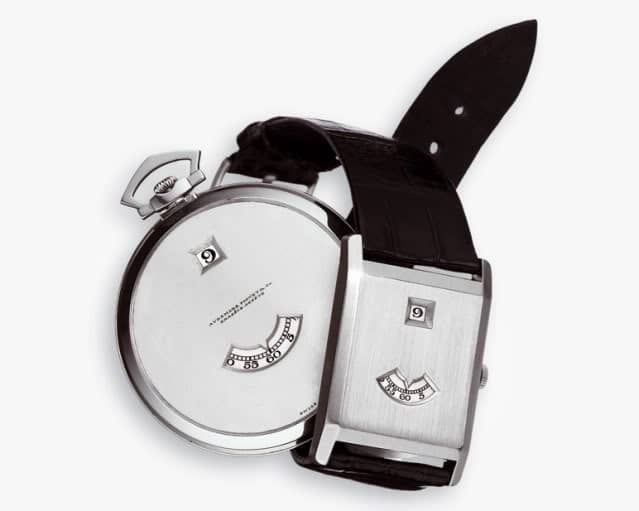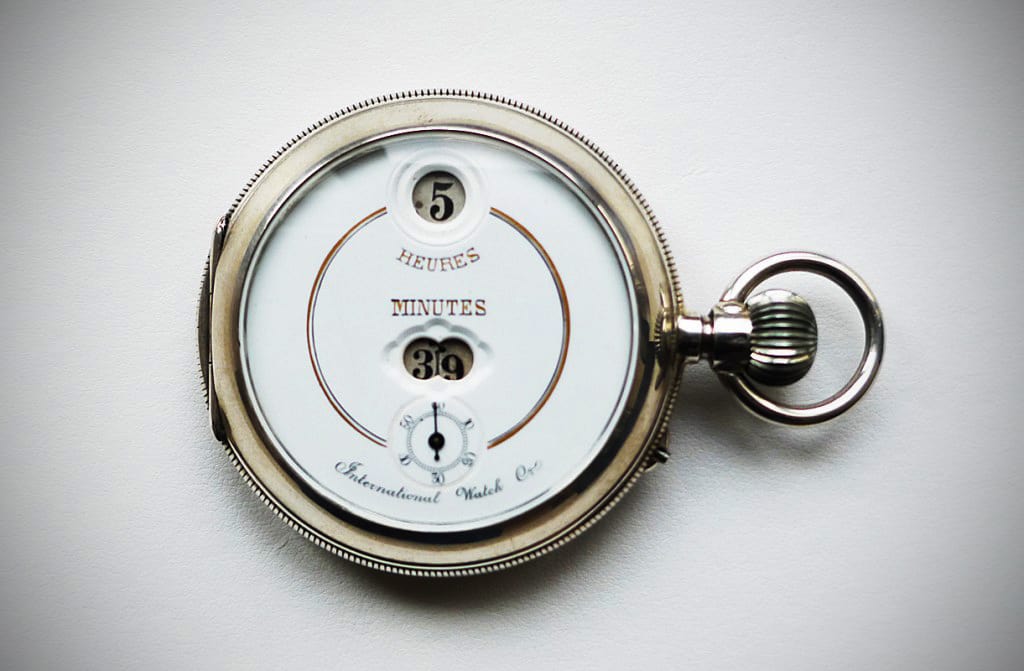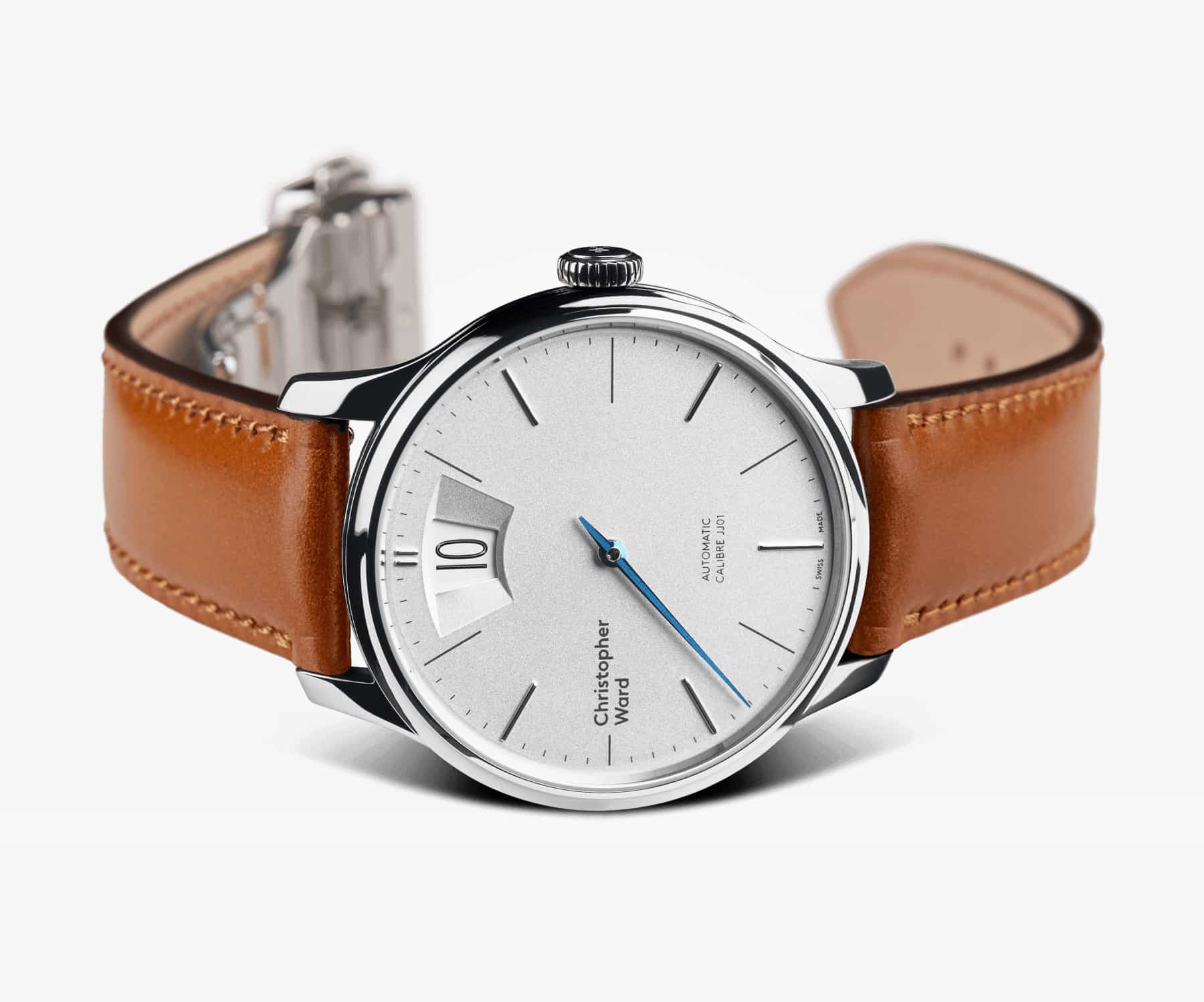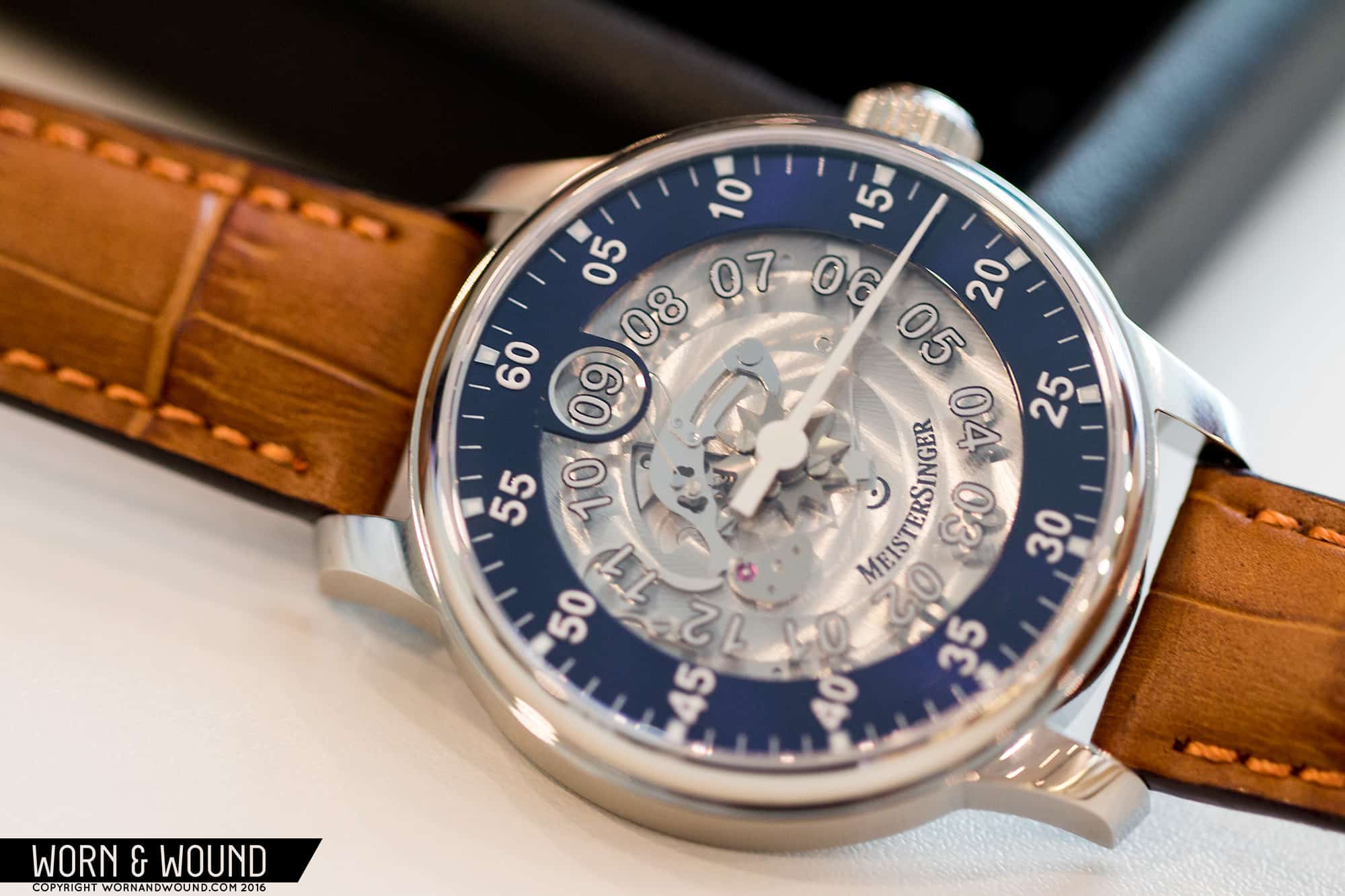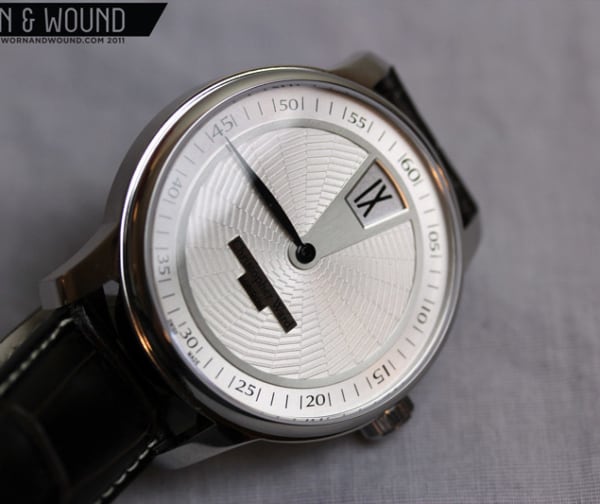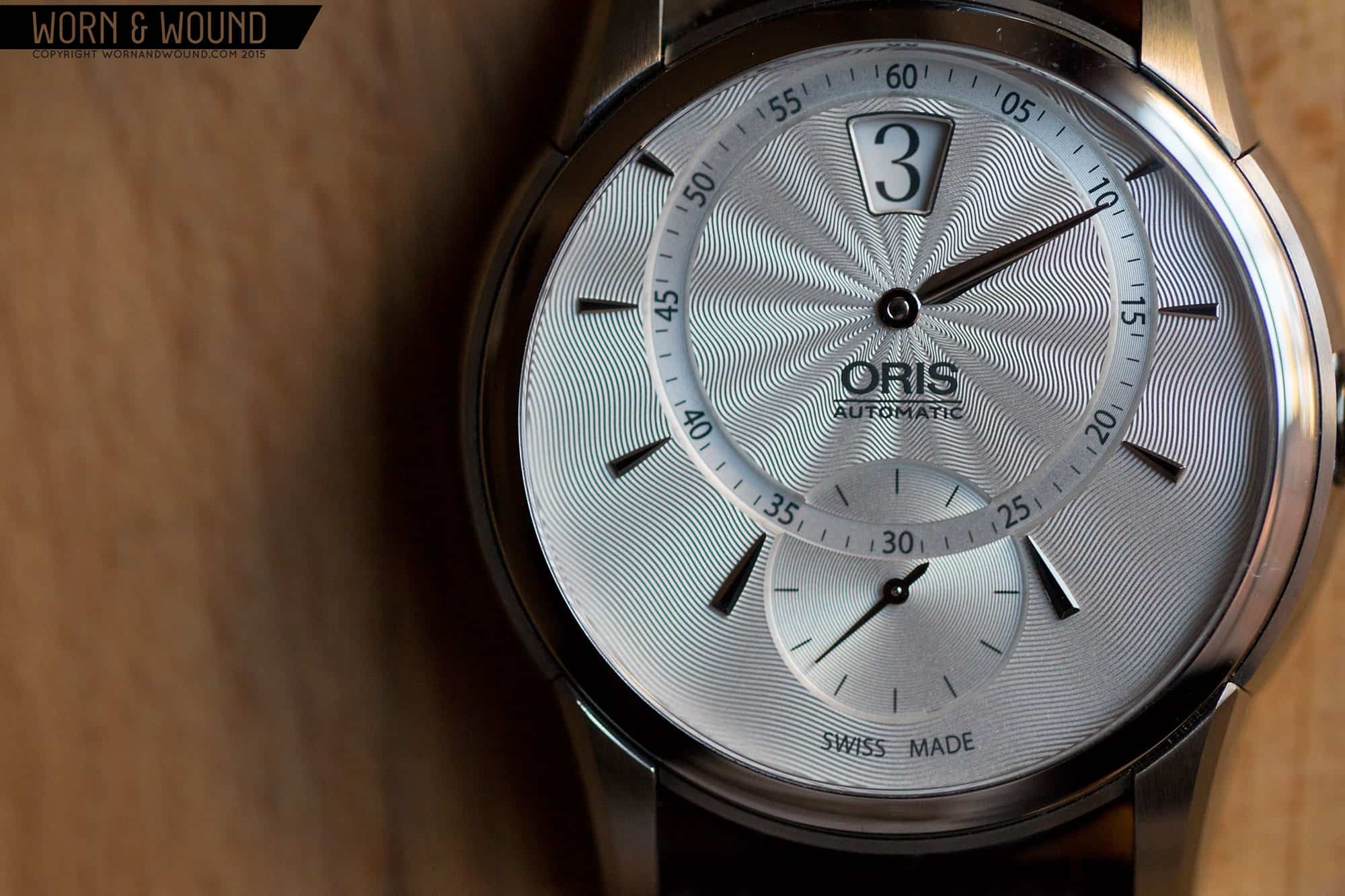When thinking about the most desirable and useful complications, the jumping hour (also known as a jump hour) isn’t normally at the forefront of people’s minds. Whether this is due to it not adding any extra functionality or more owing to the relative scarcity of affordable mechanical jumping hour watches is difficult to say. But it is the complication that has always piqued my interest.
As a brief introduction, a jumping hour watch is one that does not feature a traditional hour hand that sweeps the dial once every 12 (or 24) hours, but instead has a disc viewed through an aperture on the dial that jumps to display the next hour precisely as the minute hand reaches 60 minutes. The correlation between the earth’s rotation during a day and an hour hand slowly arcing round the dial sits well with our common model of displaying time, but a jumping hour watch plays on the way mankind has broken up the day into discrete hour chunks. The inclusion of an hour hand in continuous motion gives an easy visual representation of the relative position between the previous hour and the next one, whereas the jump hour aperture gives an explicit bookend between the end of one hour and the start of another. The combination of digital and analog displays can take some getting used to.









 Featured Videos
Featured Videos





